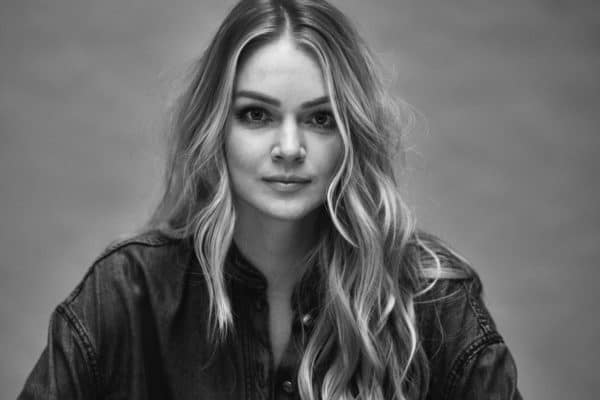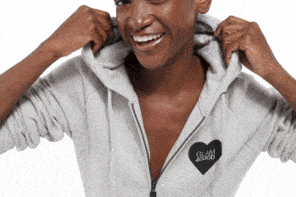
GLAM4GOOD x STRAIGHTFORWARD FOUNDATION
Supermodels and Victoria’s Secret Angels Martha Hunt and Lindsay Ellingson are used to showing skin. But this time its different, these courageous young women are baring their scars and struggles in hopes their personal experiences will empower other girls. Both models are featured in an inspiring photographic campaign for the StraightForward Foundation called #IAMSTRAIGHTFORWARD. The StraightForward Foundation was founded by stylist Marcus John in 2016 with a vision to share the remarkable stories of people affected by Scoliosis and to create a world where people living with the condition do not feel invisible. GLAM4GOOD is honored to share Martha and Lindsay’s brave Scoliosis stories.
Supermodel Martha Hunt was diagnosed with Scoliosis at age 14. At the time, she felt like her body was betraying her, and she was lonely because she didn’t know anyone else going through it. Scoliosis made it harder for Martha to have full body confidence in a career path where displaying her body is, for the most part, non-negotiable. She continues to strengthen her core and back by remaining active.
Though her spinal fusion did not completely correct her curvature, she has remained disciplined and determined to stay strong. Martha hopes that science continues to further safer and effective treatments. Spinal fusions can be high risk, tethering is a hot topic, and braces can be frustrating for patients. Martha feels scoliosis is often overlooked and many people do not realize how much it affects patients and their support systems.
”Scoliosis didn’t stop me from succeeding in life and in my career, and I would like others to emulate that mentality.”

This ambitious, goofy, hard-working, loyal, and sincere model enjoys writing in her free time, hanging out with her dog outdoors, surfing, dancing, and being active. Along with becoming a Victoria’s Secret Angel, Martha’s biggest achievement is working with young girls who have scoliosis by empowering them and helping to spread awareness. “We need to campaign for parents, doctors, and schools to check their kids starting from a young age to their adolescent years.”
She works hard to spread awareness in her daily life, including advocating for NIH-funding on Capital Hill for spine deformity research. She has also organized events for scoliosis support groups and co-designed necklaces to support scoliosis organizations she works with.
Martha encourages younger individuals to stay informed of all treatment options. Her message is to stay on top of their condition because the spine moves quicker than one would think. And finally, she says, “Life goes on.”

“I wouldn’t be the woman I am today without such a challenge early in my life. I have been a powerhouse of determination and have worked relentlessly to achieve my dreams.”

Lindsay Ellingson was diagnosed with Scoliosis at age 11. After her gymnastics coach noticed her uneven lower back muscles in class one day. Lindsay was diagnosed with Idiopathic Scoliosis (spine shaped like an S). She spent the next two years in a brace for 23.5 hours a day before undergoing spinal fusion surgery at age 13. “After my operation, I felt a new inner power that pushed me to set high goals for myself, I am constantly testing and expanding the boundaries of my comfort zone.”
Her world turned upside down from the diagnosis, bracing, and surgery, but Lindsay went on to graduate in the top 10 of her high school class, was then accepted into the University of California San Diego, and made the competitive dance team at UCSD. She then started her modeling career in Paris, walked in hundreds of couture and fashion shows, was a Victoria’s Secret Angel and carried many of the heaviest wings. In addition to her professional success as a model, she is now an entrepreneur and co-founder of a line of cosmetics. Despite all of that, she believes her greatest achievement was the mental and physical strength it took to get through bracing, spinal fusion surgery and recovery. Lindsay would like to educate parents about Scoliosis and find a way to teach them how to screen their own children if their states don’t offer it.


 DONATE
DONATE




